はじめに
アルミニウム板は、その軽量性、耐久性、耐食性により、様々な産業で多用途に広く使用されている金属です。アルミニウム板は、建築から自動車製造まで幅広い用途に使用されるアルミニウムの一般的な形態です。アルミニウム板を扱う際には、その重量を計算し、価格を正確に決定する方法を理解することが不可欠です。このブログでは、アルミニウム板の重量と価格の計算方法について掘り下げ、貴重な洞察を提供します。
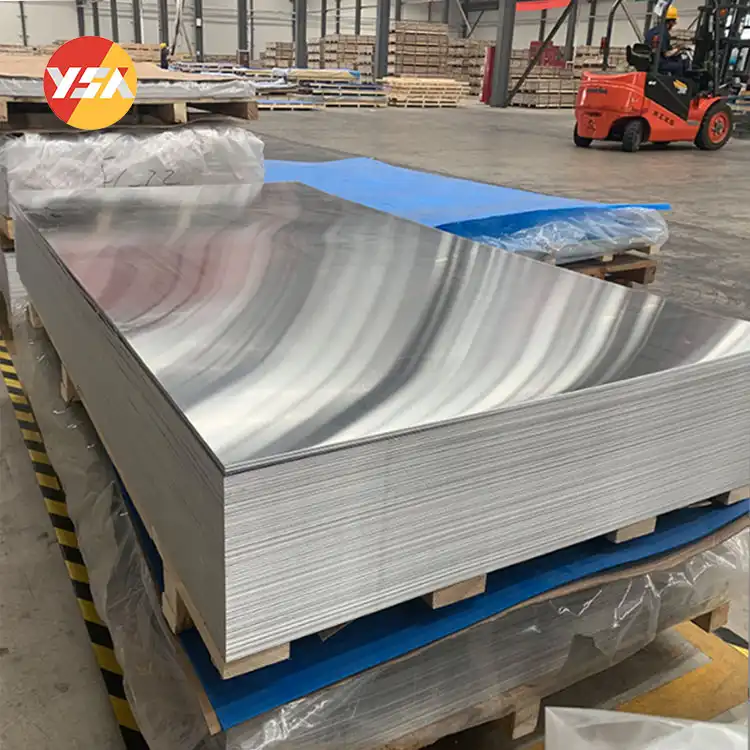
アルミニウム板の重量計算を理解する
アルミニウム板の重量計算は、プロジェクトに必要な材料の量を決定し、輸送コストを見積もるために非常に重要です。アルミニウム板の重量は、以下の式で計算できます:
重量(kg) = 長さ(m) x 幅(m) x 厚さ(mm) x 密度(g/cm³)
密度は、使用されるアルミニウム合金の種類によって異なる不可欠なパラメータです。例えば、純アルミニウムの密度は約2.7 g/cm³です。しかし、合金の種類によって密度が異なるため、正確な密度値を得るためには、材料の仕様書を参照するか、サプライヤーに相談する必要があります。
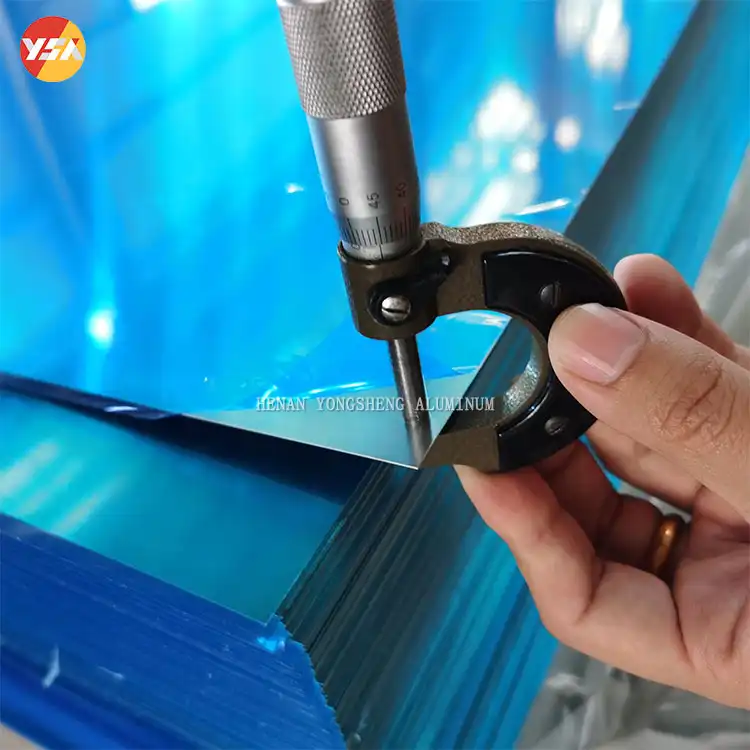
重量単位の変換
キログラム以外の単位で体重を測定することがあります。重さの単位を変換するには、以下の変換係数を使用することができます:
1キログラム(kg)=1000グラム(g)
1キログラム(kg)=2.20462ポンド(lbs)
これらの単位間で換算することで、重量測定を効果的に伝え、必要に応じて異なる重量基準で作業することができます。

アルミニウム板価格の計算
アルミニウム板の価格を計算するには、合金の種類、板の厚さ、寸法、市場価格などのさまざまな要因を考慮する必要があります。ここでは、アルミニウム板の価格を見積もるための一般的な計算式をご紹介します:
価格=(単位面積当たりの基本価格+合金割増金)×シート面積
それぞれのコンポーネントを分解してみよう:
- 基本単価 面積 これは単位面積当たりのアルミニウムの基本コストで、合金の種類や市況によって異なる。通常、アルミニウム供給業者から提供されるか、金属価格指数から得ることができる。測定単位は通常、1平方単位あたりの通貨(例:1平方メートルあたり米ドル)である。
- 合金サーチャージ: アルミニウム合金の中には、その特定の組成や市場要因のために追加的なサーチャージが発生するものがあります。合金サーチャージは、単位面積当たりの基本価格に追加される追加コストであり、パーセンテージまたは固定値で表すことができます。
- シート面積: シートの面積は、シートの長さと幅を掛け合わせることで計算されます。正確な計算のために、単位(メートルやフィートなど)を統一してください。
単位面積当たりの基本価格に板面積を掛け合わせ、合金サーチャージを加えることで、アルミニウム板の総価格を見積もることができます。
価格は市場の変動や特定のサプライヤーの価格設定方針によって大きく変動する可能性があることにご留意ください。さらに、大量注文の場合は、数量割引や交渉価格が利用できる場合があります。正確な価格情報を入手するには、特定の要件に基づいて正確な見積もりを提供できるアルミニウムのサプライヤーまたは販売業者に連絡することをお勧めします。
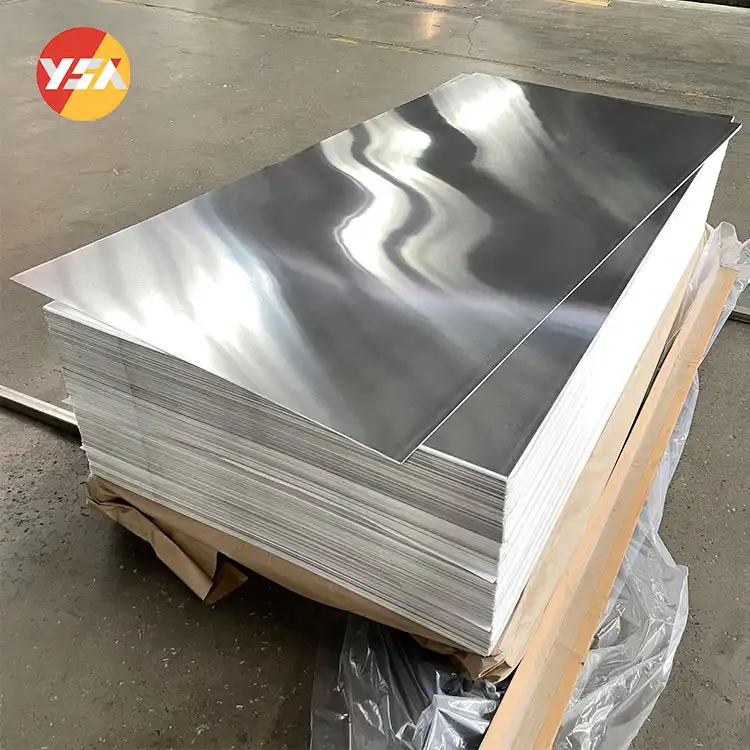
アルミニウム合金アルミニウム板の価格差
異なるアルミニウム合金板の価格は、特定の合金組成、厚さ、サイズ、市場の需要、サプライヤーの価格設定方針など、いくつかの要因に基づいて異なる場合があります。ここでは、一般的なアルミニウム合金板の価格差の概要を説明します:
- 1000シリーズアルミプレート: 1050、1060、1100などの1000系アルミニウム板は、高純度で合金元素が少ないため、一般的に最も安価です。これらの板は一般的に汎用用途に使用され、他の合金シリーズと比較して比較的低い強度を持っています。1000シリーズアルミニウム板の価格は、追加合金元素を含む合金と比較して一般的に低いです。
- 3000シリーズのアルミプレート: 3003や3004などの3000系アルミニウム板は、強度と耐食性を向上させるためにマンガンと合金化されている。これらの板は良好な成形性と溶接性を提供し、中程度の強度が必要な汎用用途によく使用されます。3000系アルミニウム板の価格は、合金元素の添加により、一般的に1000系よりも若干高くなっています。
- 5000シリーズアルミニウムプレート: 5052や5083などの5000系アルミニウム板は、マグネシウムとの合金により強度を高め、特に海洋環境において素晴らしい耐食性を発揮する。これらの板は良好な成形性と溶接性を提供し、一般的に海洋、自動車、および構造用途に使用されます。5000シリーズアルミニウム板の価格は、追加された強度と耐食性の特性のために、一般的に3000シリーズのものよりも高くなっています。
- 6000シリーズアルミニウムプレート: 6061や6063などの6000系アルミニウム板は、マグネシウムやシリコンと合金化され、良好な成形性、溶接性、中程度から高強度を実現しています。これらの板は耐食性に優れ、様々な構造用途や建築用途に広く使用されています。6000系アルミニウム板の価格は、特定の合金と調質によって異なる場合があり、一般的に高強度の変種はより高価です。
- 7000シリーズアルミプレート: 7075などの7000系アルミニウム板は、強度と硬度を高めるために亜鉛と合金化されている。これらの板は非常に高い強度と優れた切削性を提供し、航空宇宙、高応力用途、構造部品に適しています。7000シリーズアルミニウム板の価格は、その高い強度と特殊な用途のため、他のシリーズに比べて一般的に高くなっています。
価格差の要因
- 合金の組成と純度: アルミニウム合金の組成と純度は、アルミニウム板の価格に大きく影響します。99.99%純アルミニウムのような高純度レベルのアルミニウム合金は、そのような高純度レベルを達成するために必要な高度な精製プロセスのため、一般的に高価です。これらの高純度合金は、卓越した耐食性や電気伝導性が要求される用途でよく使用されます。
- 製造工程: アルミニウム板の製造に関わる製造工程も、その価格に影響を与える可能性があります。合金が異なれば、鋳造、圧延、押出などの特殊な加工技術が必要になり、全体的なコストに影響することがあります。より複雑な製造工程や追加の工程を含むものは、価格が高くなる可能性があります。
- 合金シリーズと等級: アルミニウム合金は、1000シリーズ、3000シリーズ、5000シリーズ、6000シリーズ、7000シリーズなどの異なるシリーズに分類されます。各シリーズはそれぞれ独自の特性と用途を持っています。一般的に、銅、マグネシウム、亜鉛などの合金元素を含む2000系、6000系、7000系の合金は、1000系、3000系、5000系、7000系の合金よりも高価になる傾向があります。 1000シリーズ または 3000シリーズ.これらの合金元素の存在は、アルミニウムの強度、耐食性、耐衝撃性などの特定の特性を向上させる。 熱処理性したがって、価格上昇の一因となっている。
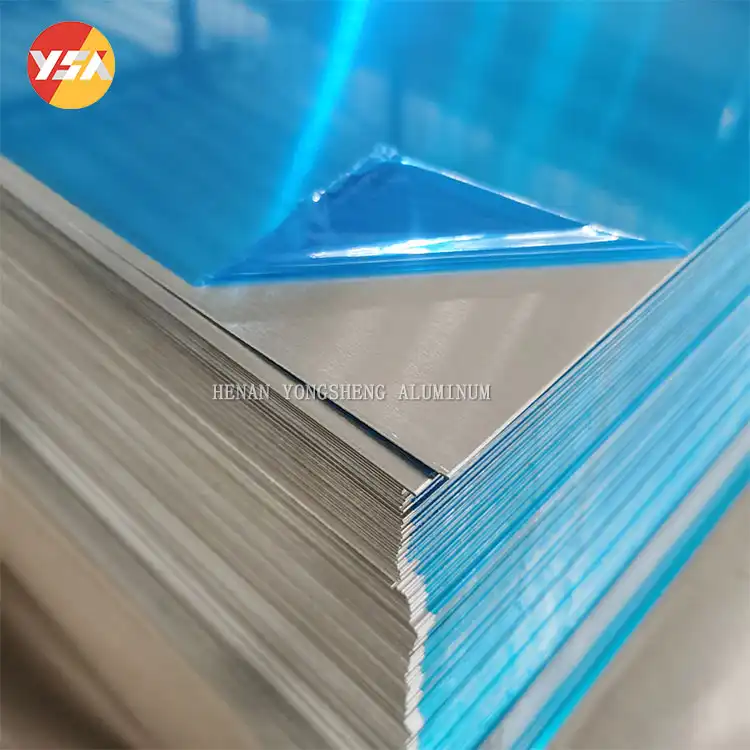
- 市況: 需給動向、世界経済要因、貿易政策などの市況も、アルミニウム合金間の価格差に影響を与える可能性がある。原材料の入手可能性の変動、生産能力の変化、地政学的要因は、アルミニウム板の全体的なコストに影響を与える可能性がある。
- Sheet Size and Thickness: The dimensions and thickness of aluminum plates can affect their prices. Larger plates or plates with non-standard thicknesses may require additional processing steps, resulting in increased production costs. Additionally, the weight of the plate influences transportation costs, which can also impact the final price.
- Quantity and Supplier: The quantity of aluminum plates ordered and the choice of supplier can lead to price variations. Bulk orders often attract discounts, as suppliers may offer volume-based pricing structures. It is also important to consider the reputation and quality of the supplier, as these factors can influence the pricing.
Yongsheng Aluminum Sheet Introduction
Henan Yongsheng Aluminum Co., Ltd., as a leading supplier of aluminum panels, they take pride in offering high-quality products at competitive prices. The aluminum panels are crafted using premium-grade materials and adhere to stringent manufacturing standards to ensure exceptional durability, corrosion resistance, and longevity. They provide a wide range of customization options, including various sizes, thicknesses, finishes, and colors, allowing them to meet the unique requirements of every project. Yongsheng Aluminum has its own independent factory. Yongsheng has many customers around the globe. And the products have high repurchase rate. The factory is located in Gongyi Aluminum Industrial Park, Henan Province, which is the largest aluminum industry cluster in China. Welcome to visit the factory and establish a long-term business relationship.
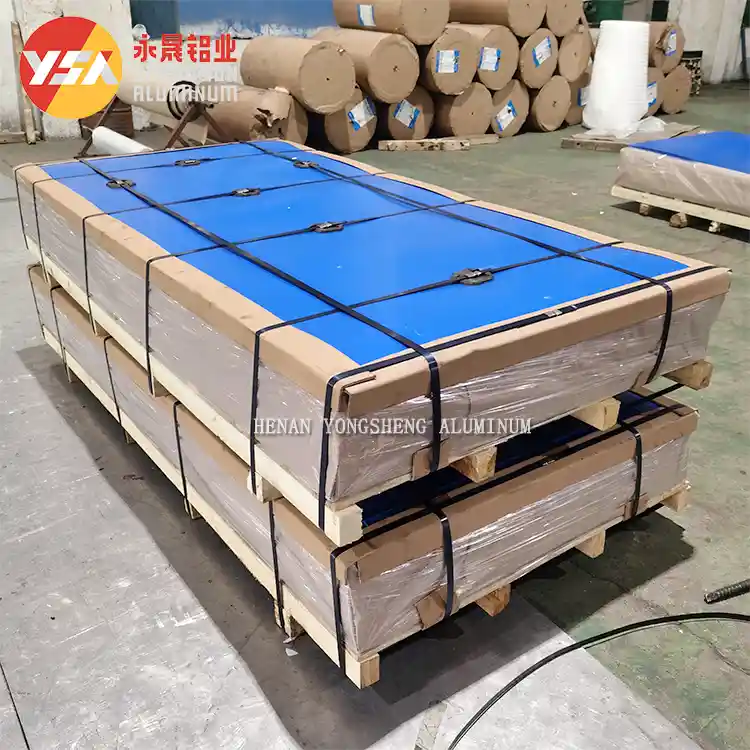
概要
Calculating the weight and price of aluminum sheets is essential for accurate material estimation and budgeting in various industries. By understanding the formula for weight calculation and considering key factors when determining the price, you can make informed decisions and optimize your aluminum sheet purchasing process. Remember to consult with suppliers, stay updated on market trends, and consider the specific requirements of your project to obtain the most accurate weight and price calculations.
よくあるご質問
What is the weight of a 3 mm aluminum sheet?
Generally, a 3mm aluminum sheet weighs 8.1 pounds per square meter.
How much does a 2 mm sheet weigh?
Generally, a 2mm aluminum sheet weighs 5.4 kilos per square meter.
How is density determined?
Divide the mass of the substance by the volume of the material to determine its density.


